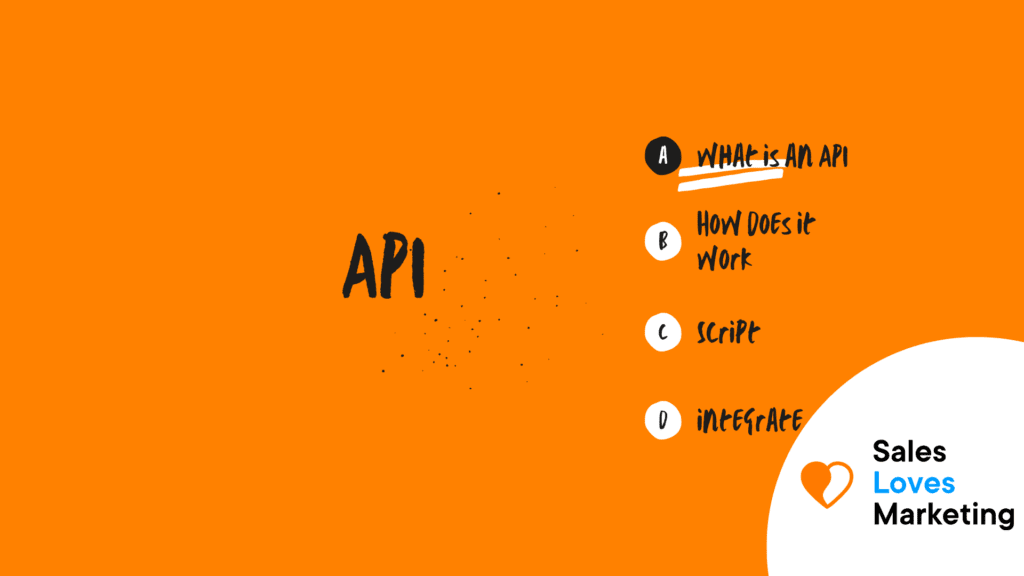What is API? (Application Programming Interface)
An Application Programming Interface (API) is an interface that serves as a communication channel for two different applications to exchange data with each other.
An example of an API’s use can be seen when a user wants to log-in to his Instagram account and has the option to log-in with his Facebook account. Here we see that both applications use an API that allows them to share information.
How does API Work?
A simple way to explain how an API (Application Programming Interface) works is with the following example:
When an application is used on a mobile device, it connects to the internet by sending data to a web server.
Then, the web server processes analyze, perform operations with the received data, and send it back to the mobile device.
Finally, the application receives the data, interprets it, and presents the user’s information in a readable form.
All this process is performed through an API.
What are the different types of API?
APIs by availability (release policies).
APIs by availability can be: private, associated, and public.
- Private APIs. This interface is designed to be used within an organization that controls the use of the API completely.
- Partner APIs. This type of interface is shared between business partners by prior agreement with the publisher. An example would be when two companies join together to develop a two-part integration software.
- Public APIs. Also called external APIs are available to external developers. They can be free or commercial.
APIs by use cases.
This type of APIs will depend on the systems for which they are designed; among them, there are:
- Database APIs. These are those that allow the exchange of information between an application and a database management system.
- Operating systems APIs. This class of APIs defines how applications use the resources and services of operating systems.
- Remote APIs. This group of APIs defines interaction standards for applications on different machines, i.e., remotely.
- Web APIs. This is the most widely used API, and most of the time, they deliver requests from web applications and responses from servers using HTTP.
Why are APIs Important?
APIs are very useful for software development companies because they allow interaction between programs and functionalities without the need to share all the software code. This helps them to develop more ideas in less time and with the use of fewer resources.
This interface also benefits B2B and B2C companies because changing the way they share information has allowed them to create alliances, reach new consumers and increase their business profitability.
In the marketing area, the use of APIs is a powerful tool because they help to:
- Increase visitor traffic.
- Increase the interest of users towards the company’s image.
- Create ‘Brand loyalty.’
- Provide practical tools for users.
- Create strategic alliances.
- Generate revenue.
Examples of APIs.
To better understand how APIs work, here are some examples of everyday use:
Weather Snippets.
An example of the use of APIs is when a person enters Google Search, and Rich weather snippets are displayed. This information about weather changes is sent by third parties to Google and displayed to its users through the use of APIs.
Log In.
APIs are also often used when users logging into a social network and may choose to do so with an account created on a different social network.
It is common to see it on many websites as “Log-In with Facebook, Log-In with Google, Log-In With Linkedin, etc.”
Pay with PayPal.
The digital payment platform PayPal uses an API called Pay with PayPal, which is on many websites and allows users to use it to pay for a product or service without providing sensitive data or access to unwanted permissions to the end application.
Twitter Bots.
Another example of the use of APIs is Twitter Bots, which, by using the Twitter API, automatically tweet messages or follow a user according to the software’s instructions.
Travel Booking.
APIs are widely used for travel services because they help to autonomously and quickly exchange a large amount of data on travel availability, accommodation, and booking requests in real-time between users and the different companies offering the services.
Get started yourself with SEO with SEMrush; an all-in SEO tool (Free 7 day trial).
